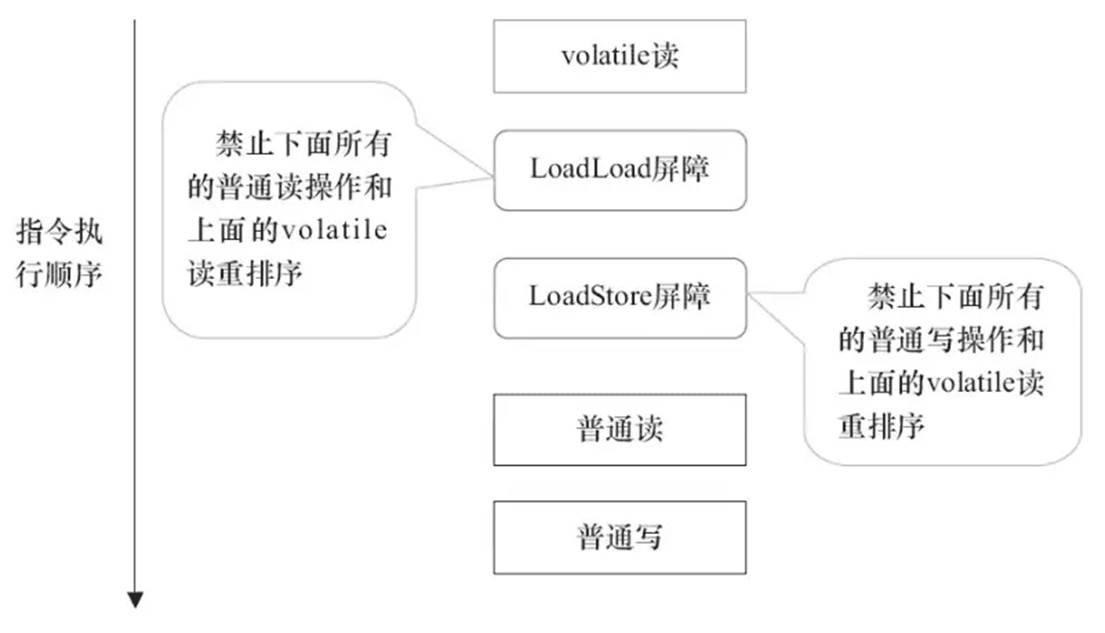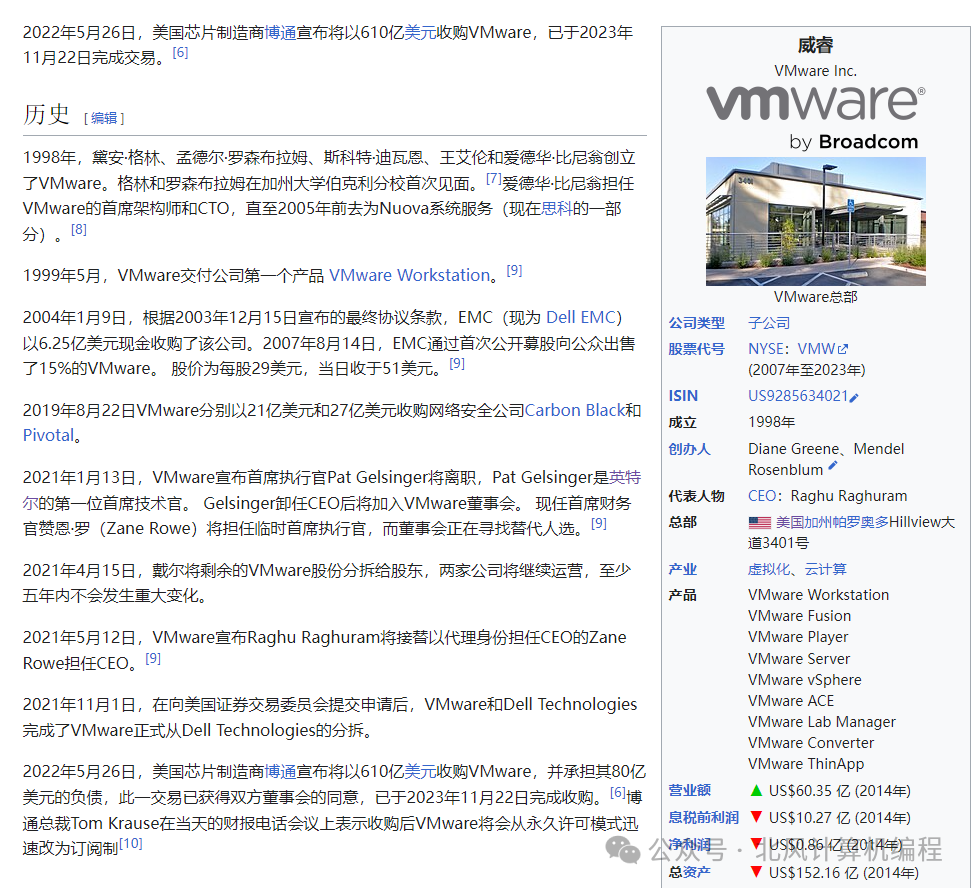使用 Biopython 解析 .mmCIF 文件可以提取出蛋白质结构的相关信息,包括模型(model)、链(chain)、序列、原子坐标以及可能存在的变换矩阵。以下是一个完整的示例代码,展示如何使用 Biopython 的 MMCIFParser 解析 .mmCIF 文件,并提取这些信息。
示例代码
from Bio.PDB import MMCIFParser
from Bio.SeqUtils import seq1
import numpy as np# 解析 mmCIF 文件
def parse_mmcif(file_path):parser = MMCIFParser(QUIET=True)structure = parser.get_structure('structure', file_path)models_data = []for model in structure:model_data = {'model_id': model.id, 'chains': []}for chain in model:chain_data = {'chain_id': chain.id, 'residues': [], 'atoms': []}for residue in chain:if residue.id[0] == ' ': # 确保是标准残基try:# 提取序列信息,使用 seq1 函数将三字母代码转换为单字母代码seq_residue = seq1(residue.resname)except KeyError:seq_residue = 'X' # 若不能转换为单字母代码,则用 'X' 表示chain_data['residues'].append(seq_residue)for atom in residue:# 提取原子坐标coord = atom.coordatom_data = {'atom_name': atom.name,'coord': coord}chain_data['atoms'].append(atom_data)model_data['chains'].append(chain_data)models_data.append(model_data)return models_data# 解析变换矩阵
def parse_transformation_matrices(file_path):# 使用 MMCIF2Dict 解析 mmCIF 文件cif_dict = MMCIF2Dict.MMCIF2Dict(file_path)# 提取变换矩阵信息matrices = []# 如果 mmCIF 文件包含变换矩阵,则从 _pdbx_struct_oper_list 中提取if '_pdbx_struct_oper_list.matrix[1][1]' in cif_dict:n_matrices = len(cif_dict['_pdbx_struct_oper_list.matrix[1][1]']) # 矩阵数量for i in range(n_matrices):# 提取矩阵元素,按行存储matrix = np.array([[float(cif_dict[f'_pdbx_struct_oper_list.matrix[1][1]'][i]),float(cif_dict[f'_pdbx_struct_oper_list.matrix[1][2]'][i]),float(cif_dict[f'_pdbx_struct_oper_list.matrix[1][3]'][i])],[float(cif_dict[f'_pdbx_struct_oper_list.matrix[2][1]'][i]),float(cif_dict[f'_pdbx_struct_oper_list.matrix[2][2]'][i]),float(cif_dict[f'_pdbx_struct_oper_list.matrix[2][3]'][i])],[float(cif_dict[f'_pdbx_struct_oper_list.matrix[3][1]'][i]),float(cif_dict[f'_pdbx_struct_oper_list.matrix[3][2]'][i]),float(cif_dict[f'_pdbx_struct_oper_list.matrix[3][3]'][i])]])# 提取平移向量translation = np.array([float(cif_dict[f'_pdbx_struct_oper_list.vector[1]'][i]),float(cif_dict[f'_pdbx_struct_oper_list.vector[2]'][i]),float(cif_dict[f'_pdbx_struct_oper_list.vector[3]'][i])])matrices.append({'matrix': matrix, 'translation': translation})return matrices# 示例调用
file_path = '/path/to/.cif/file'# 解析结构信息
structure_data = parse_mmcif(file_path)
for model in structure_data:print(f"Model ID: {model['model_id']}")for chain in model['chains']:print(f" Chain ID: {chain['chain_id']}")print(f" Sequence: {''.join(chain['residues'])}")for atom in chain['atoms'][:5]: # 打印前5个原子坐标print(f" Atom: {atom['atom_name']}, Coord: {atom['coord']}")# 解析变换矩阵信息
transformation_matrices = parse_transformation_matrices(file_path)
for i, matrix in enumerate(transformation_matrices):print(f"Transformation Matrix {i+1}:\n{matrix}")
代码说明:
-
结构解析部分:
- 使用
MMCIFParser解析.mmCIF文件,遍历每个模型(model)和链(chain),提取残基的序列以及原子的坐标。 Bio.SeqUtils模块中的seq1函数,它也可以将三字母的氨基酸代码转换为单字母代码:eq1(residue.resname)。- 通过遍历原子来获取坐标。
- 使用
-
变换矩阵解析部分:
- 变换矩阵的解析是通过读取文件并根据关键字
_pdbx_struct_oper_list.matrix提取相关信息。变换矩阵通常以3x3的形式给出。
- 变换矩阵的解析是通过读取文件并根据关键字
输出:
- 会输出模型的 ID、链 ID、序列和部分原子坐标。
- 如果存在变换矩阵,也会输出每个变换矩阵。







